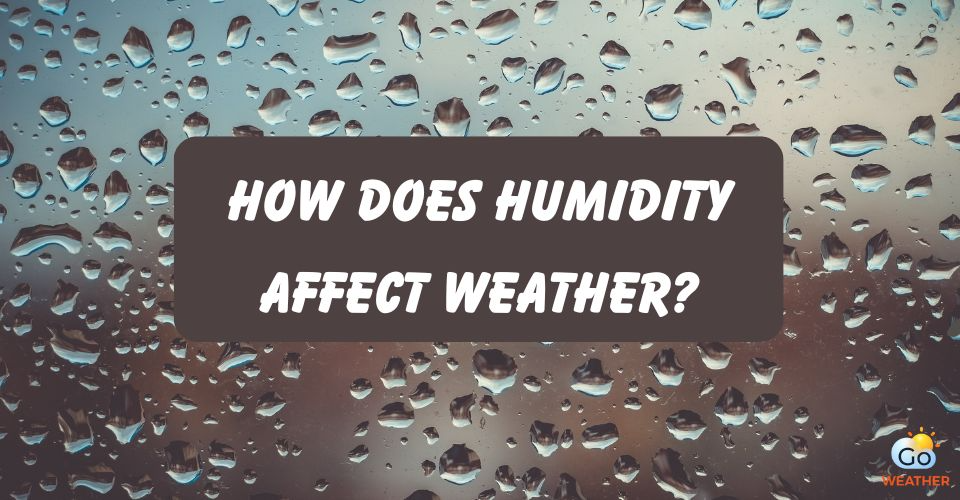10+ Interesting Facts About Tsunamis You Have Never Heard of [Latest]
- Fact 1: What are tsunamis?
- Fact 2: The term “Tsunami” means “harbor wave”
- Fact 3: Tsunami waves aren’t tidal waves
- Fact 4: What causes a tsunami?
- Fact 5: Tsunamis can move as fast as 800 km/h
- Fact 6: Tsunami waves can be as high as 30.5 m (100 feet)
- Fact 7: The ocean is usually drawn back before a tsunami strikes land
- Fact 8: The Ring of Fire sees 80% of tsunamis on the planet
- Fact 9: There is an average of 1 to 2 tsunamis each year
- Fact 10: Animals can sense natural disasters, including tsunamis
- Other surprising facts about tsunamis
Tsunamis are nothing but one of the most forceful and destructive natural forces on the planet. When it comes to tsunamis, there are dozens of surprising things about these giant waves that you might not know. Check out this post to learn about 10+ interesting facts about tsunamis.
.jpg)
Facts about tsunamis that no one knows
Fact 1: What are tsunamis?
Tsunamis are a series of giant, powerful ocean waves that grow in size when they reach the shore. Tsunamis can cause widespread destruction as they crash ashore.
They are rare events, occurring somewhere on the planet about twice a year on average.
Fact 2: The term “Tsunami” means “harbor wave”
The next fact about tsunamis is about the meaning of this word. In Japanese, “tsu” means harbor, and “nami” means wave. So, “tsunami” literally means “harbor wave.”
Located in the Pacific’s Ring of Fire, Japan is also one of the world’s most vulnerable countries to earthquakes and tsunamis.
.jpg)
Facts about a tsunami
Fact 3: Tsunami waves aren’t tidal waves
Though both tsunamis and tidal waves are sea waves, they are different and unrelated phenomena.
While a tidal wave is caused by the gravitational interactions of the Moon, Sun, and Earth, a tsunami is triggered by large earthquakes that appear near or under the sea, submarine landslides, or volcanic eruptions.
Fact 4: What causes a tsunami?
Tsunamis result from a huge displacement of water. When a large amount of water in the ocean is suddenly moved, a tsunami is likely to occur.
Some events can cause this kind of water movement, including volcanic eruptions, earthquakes, landslides, and even meteorites.
.jpg)
What causes a tsunami?
Earthquakes are the main cause of a large number of tsunamis on Earth. They occur when a large portion of the Earth's crust moves all of a sudden.
When an earthquake occurs underwater, massive gaps on the ocean floor may form, causing water to rush in to fill the gaps, and then a tsunami is born.
Landslides and volcanic eruptions are also among the common causes of tsunamis. Besides, scientists believe that meteorites (when they hit the ground) can also cause tsunamis.
.jpg)
Earthquakes are the main cause of most tsunamis on Earth
Fact 5: Tsunamis can move as fast as 800 km/h
The depth of the water a tsunami travels through determines its speed. The deeper the water a tsunami is traveling through, the faster it is, and vice versa.
In the deep ocean, a tsunami can race as fast as a jet plane at a speed of more than 500 miles per hour (800 kilometers per hour). With that speed, it can cross the whole sea within less than a day.
However, it will slow down when entering shallow water near land. At the shore, the speed of most tsunamis is approximately between 20 and 30 miles per hour (30 and 50 kilometers per hour).
Fact 6: Tsunami waves can be as high as 30.5 m (100 feet)
.jpg)
Tsunamis waves can reach heights of up to 100 feet
The waves of tsunamis can sometimes reach heights of up to 30.5 m (100 feet), which will put a majority of human objects and buildings under the surface.
Out in the sea, tsunami waves are small on the ocean surface. But as soon as these giant waves reach shallow water or landmass, they will increase in height so rapidly.
Fact 7: The ocean is usually drawn back before a tsunami strikes land
Shortly before a tsunami approaches land, a rapid and unexpected recession of the ocean levels will appear. This phenomenon can occur a few minutes before a tsunami hits the shoreline.
However, it’s so essential not to confuse a tsunami with a tidal wave, which naturally happens every day.
Fact 8: The Ring of Fire sees 80% of tsunamis on the planet
About 4 out of 5 tsunamis in the world happen within the Ring of Fire.
Located in the Pacific Ocean and covering an area of about 40,000 kilometers (24,900 miles), this zone is the world’s most earthquake-prone area. Volcanic eruptions also frequently take place there.
.jpg)
About 4 out of 5 tsunamis in the world happen within the Ring of Fire
As per National Geographic, the Ring of Fire is home to 90% of earthquakes and 75% of volcanoes in the world.
Together with Japan, Chile, Indonesia, Peru, the Philippines, and a number of other countries and regions are also in the Pacific’s Ring of Fire.
Fact 9: There is an average of 1 to 2 tsunamis each year
Here is another piece of information about a tsunami.
Though the world sees about 500,000 earthquakes each year, only 100,000 of them can be felt, and just one of them is powerful enough to cause a tsunami.
In some years, 1 to 3 tsunamis take place a year, while in some years, no tsunami occurs. On average, one to two tsunamis happen per year.
.jpg)
There is an average of 1 to 2 tsunamis each year
Fact 10: Animals can sense natural disasters, including tsunamis
Some animals are known for their ability to predict natural disasters like earthquakes, eruptions, hurricanes, and even tsunamis and will begin evacuating hours or even days before the impact.
Animals' anticipation of natural disasters has often been reported in history.
According to National Geographic, before the giant waves of the most devastating tsunamis in modern times slammed into India and Sri Lanka coastlines in 2004, the following events happened:
-
Dogs refused to go outdoors;
-
Elephants screamed and fled to high ground;
-
Flamingos flew to higher ground;
-
Animals in the zoo rushed into their shelters.
.jpg)
Flamingoes can sense tsunami is coming
|
Read more:
|
Other surprising facts about tsunamis
Along with the aforementioned facts about a tsunami wave, here are some more surprising facts about this natural phenomenon:
-
A mega-tsunami is a tsunami with initial wave amplitudes able to reach several tens, hundreds, or even possibly thousands of meters (much larger than usual tsunamis).
-
On July 9, 1958, Lituya Bay, southeast of Alaska, saw the biggest tsunami wave ever recorded that reached 1,720 feet (524 meters).
-
Palm trees are known to survive tsunami events.
-
Japan is one of the countries most vulnerable to tsunamis. The country has built great concrete walls along parts of its coastline to protect people from future tsunamis.
.jpg)
Seawalls in Japan were built to defend against tsunamis
-
Tsunami-caused flooding on the mainland can extend by a thousand feet (300 meters) or even more.
-
Tsunamis might be sometimes called tidal waves, but they have nothing to do with the tides in the ocean. As mentioned before, tsunami waves and tidal waves are different and unrelated phenomena.
.jpg)
Tsunamis can move as fast as 800 kilometers per hour
Wrapping up
When it comes to facts about tsunami, there are a lot of things that we still do not know about. Since tsunamis are dangerous, all of us need to equip ourselves with knowledge of tsunamis (like the warning signs of a tsunami), how to protect ourselves from the effects of a tsunami, and more.



![What Are Different Types of Precipitation and How They Form? [Updated]](https://admin.goweatherforecast.com/images/1732680922.png)
![The Importance of Weather Forecast and Wind Direction [Full Guide]](https://admin.goweatherforecast.com/images/1732689783.png)






0 Comments
Leave a Comment
Your email address will not be published. Required fields are marked *